Here I am creating a list of things that I found interesting doing, and other studies I enjoyed doing:
Still Life And Formalism
Still life is a work of art that shows inanimate objects from the natural or man-made world. This typically including fruit and flowers and objects contrasting with others textures, such as bowls and glassware. For this project I looked at famous paintings to get an idea of what my photos should look like. I also analysed photographers like Paulette Tavormina, who created 17th century inspired still life photography. She lives and works in the chaotic city of New York, yet manages to capture stillness in her work. I also looked at a a series of photos by Mat Collishaw’s called ‘Last Meal on Death Row’. Here are some of there photos and my responses below:
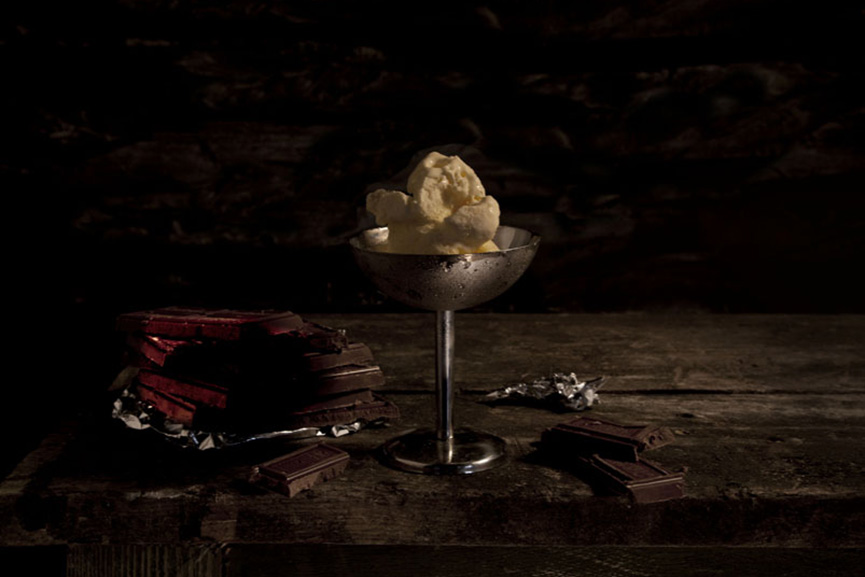
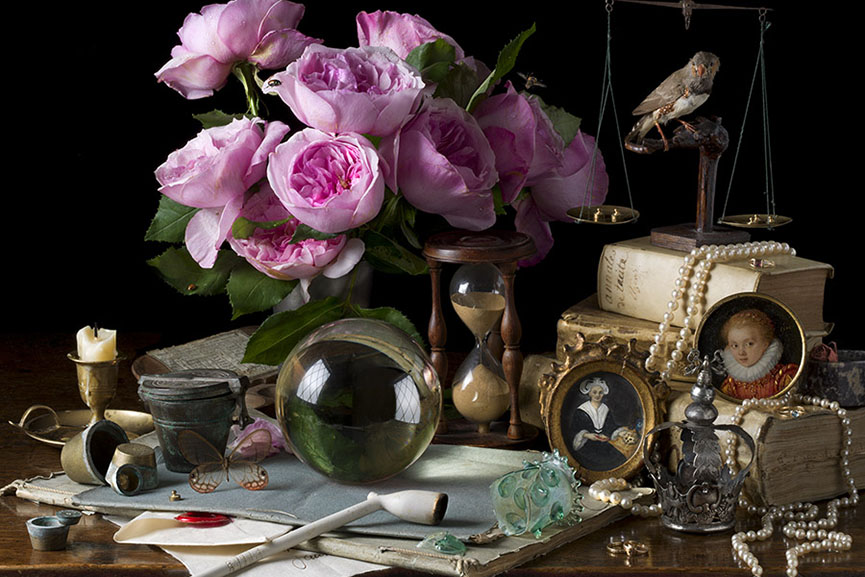
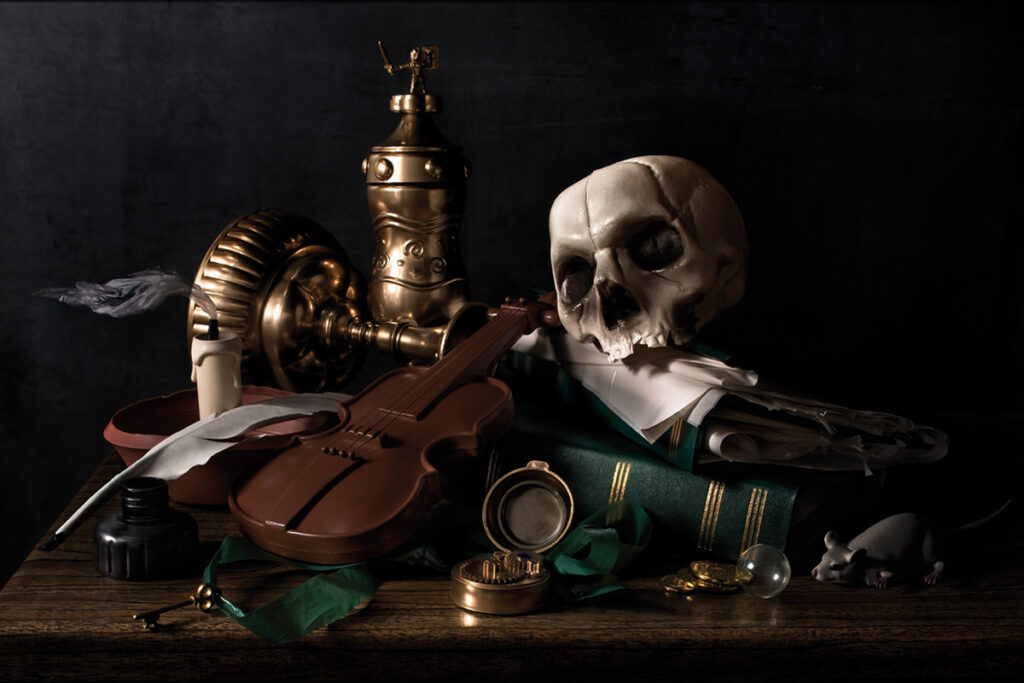

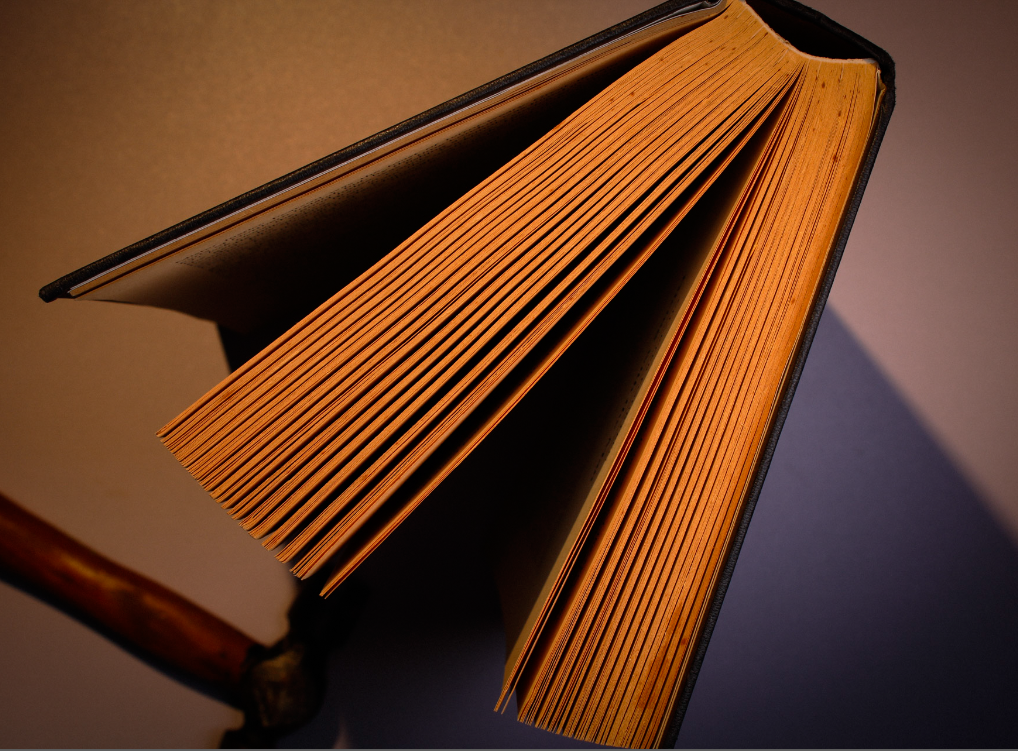
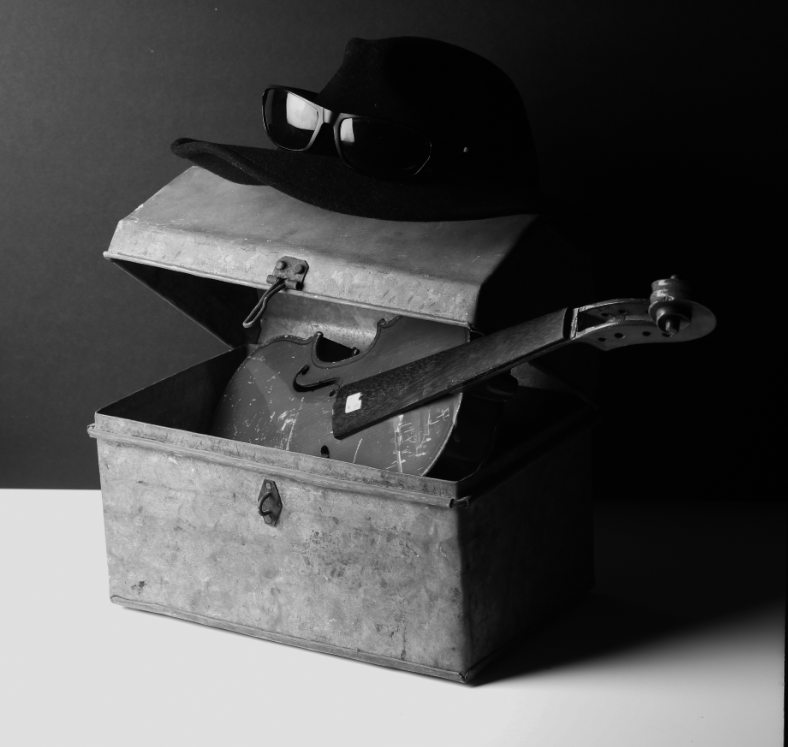
Formalism is where where The Design, Composition and Lighting are dominant over Subject Matter. I think this contrasted nicely with the still life project as when taking photos using these ideas in mind, it creates a widely different result to the still life photos. Walker evens and his series on Beauties of the common tool was a famous piece of work that he published in 1955 and tries to capture the good, clear, ‘undesigned’ forms. This linked very closely to the ideologies of formalism, with is simple backgrounds and repetitive composition throughout the series. I also analysed photos from Darren Harvey-Regan, who was directly inspired by Walker evens, but had modern technology to improve the outcome. Below are some photos and my responses:

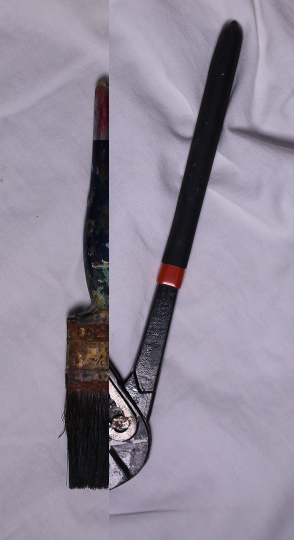
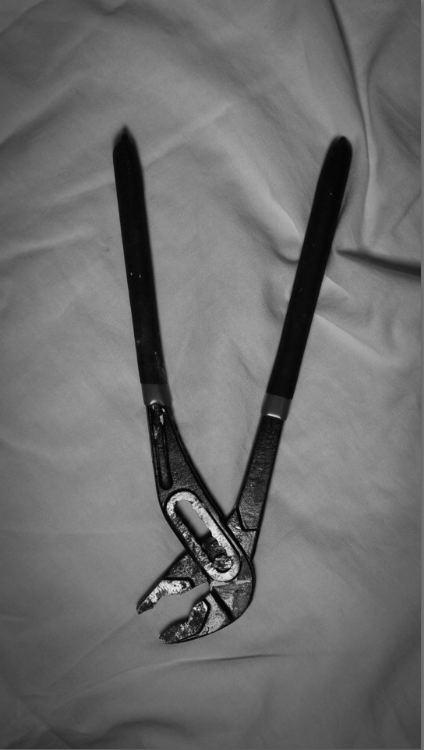
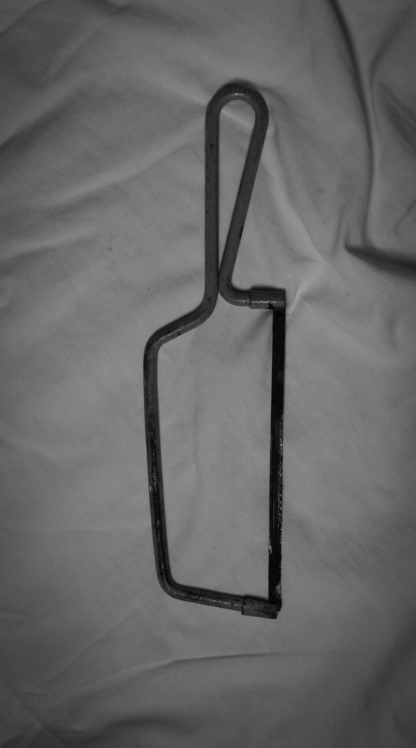
Environmental Portraits
An environmental portrait is a portrait executed in the subject’s usual environment, such as in their home or workplace, and typically illuminates the subject’s life and surroundings. Arnold Newman was the main inspiration for my photoshoots, he is known for his ability to thoughtfully capture the personalities of his subjects through their expressions and surroundings. While commonplace today, this technique was not widely used in the 1930s when Newman was learning his craft, pathing the new era of portrait photography. He would designing floor plans, equipment, schedules, and possible poses before the actual shoot even took place. Here are some of his Images and my responses to the overall topic:
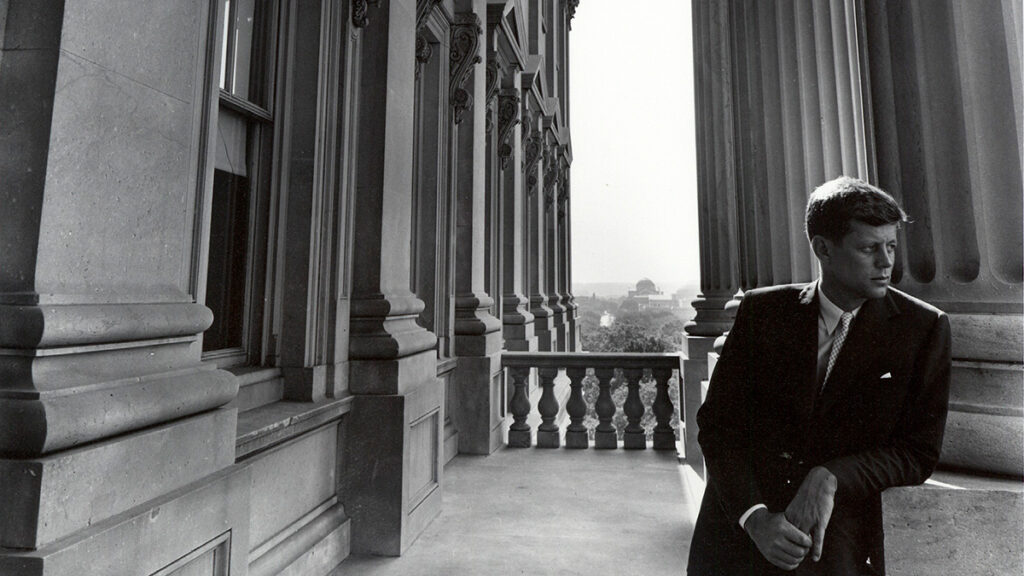
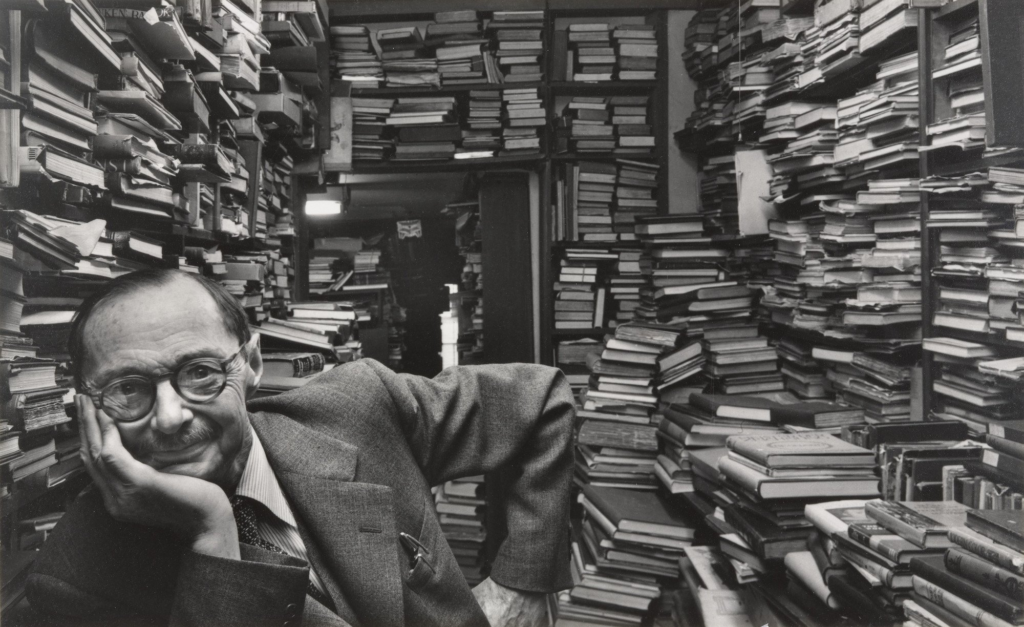
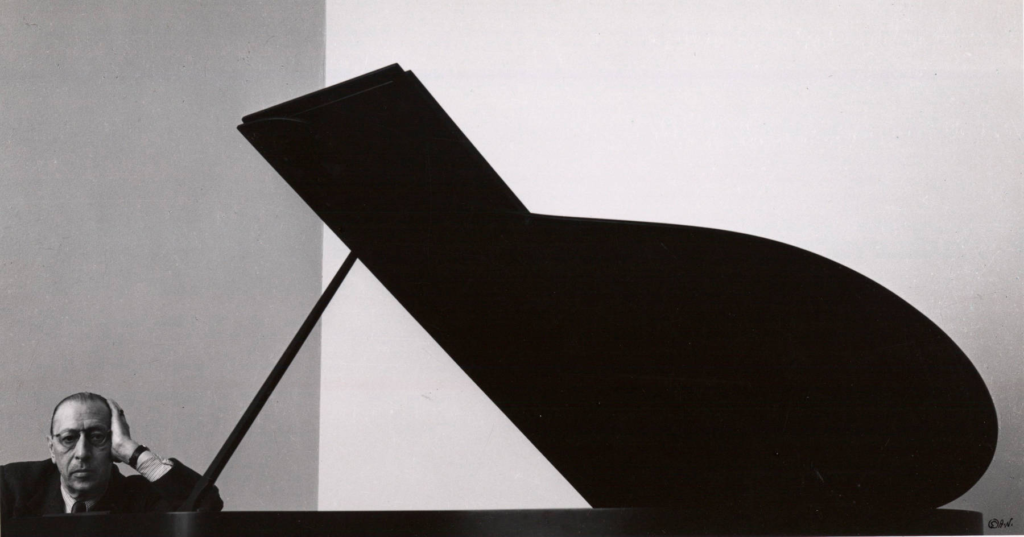
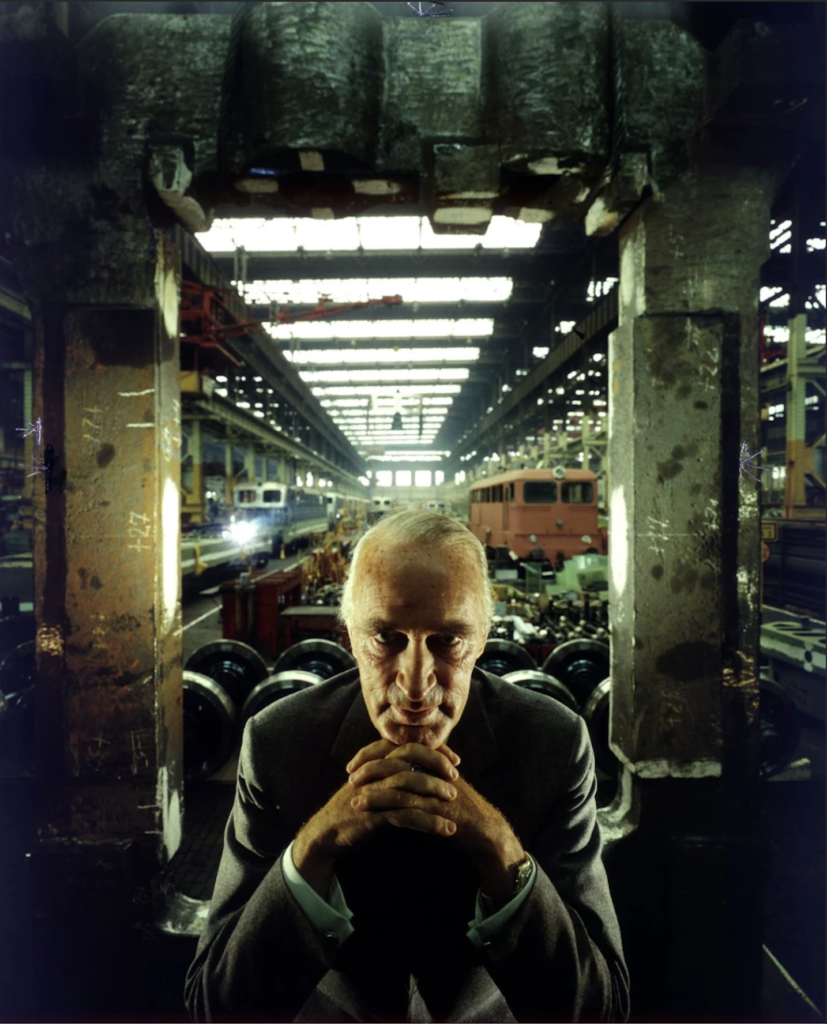
My response

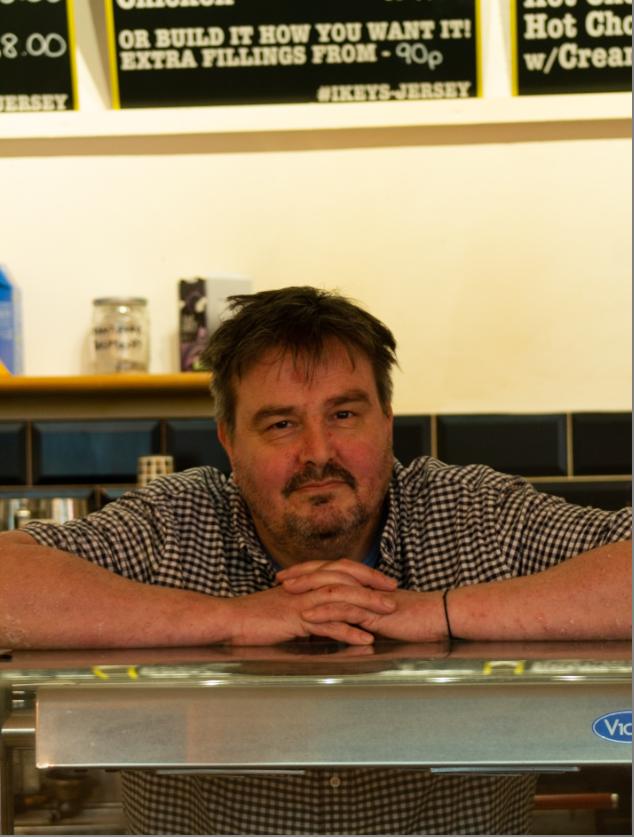
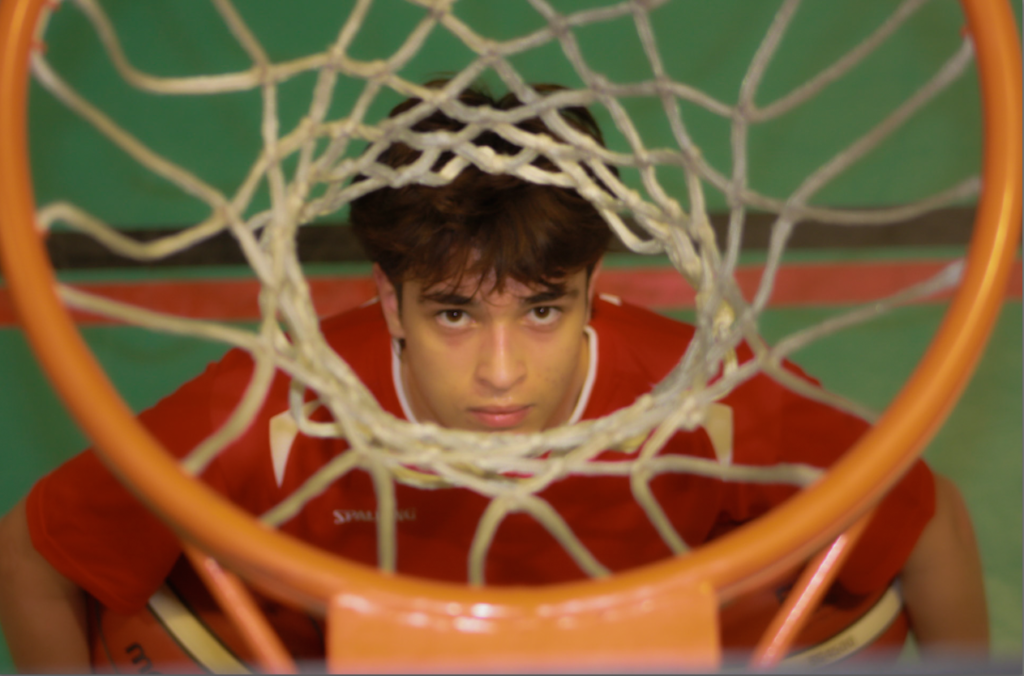
Studio Lighting and Headshots
Here I was getting to grips with the some common lighting methods, and some slightly more obscure ones. The main types of studio lighting consist of flash and continuous lighting, but they way you organise the lighting can create a massive impact on the final outcome. One lighting technique is called Rembrandt lighting, where a small triangle is cast under one of the eyes. Butterfly lighting is the next one and it shins a light directly towards the models face, above the camera. It creates a shadow under the nose and cheek bone that resembles a butterfly. Another one I looked at was Chiaruscuro (Italian for light dark), its a dramatic contrast between light and dark in the image. Here are my photos where I tried to replicate these lighting techniques in the studio:



A headshot photo is where the portrait photo is cropped somewhere in the middle torso – so that the focus is on your face. Bruce Gilden and his faces series was where he went very up and close to the subjects faces, capturing and amplifying all the imperfections lack of symmetry of people, making each person very different to each other as we are all individuals. Often times he subjects looked ‘Ugly’, causing a lot of criticism. Here are some of his photos:
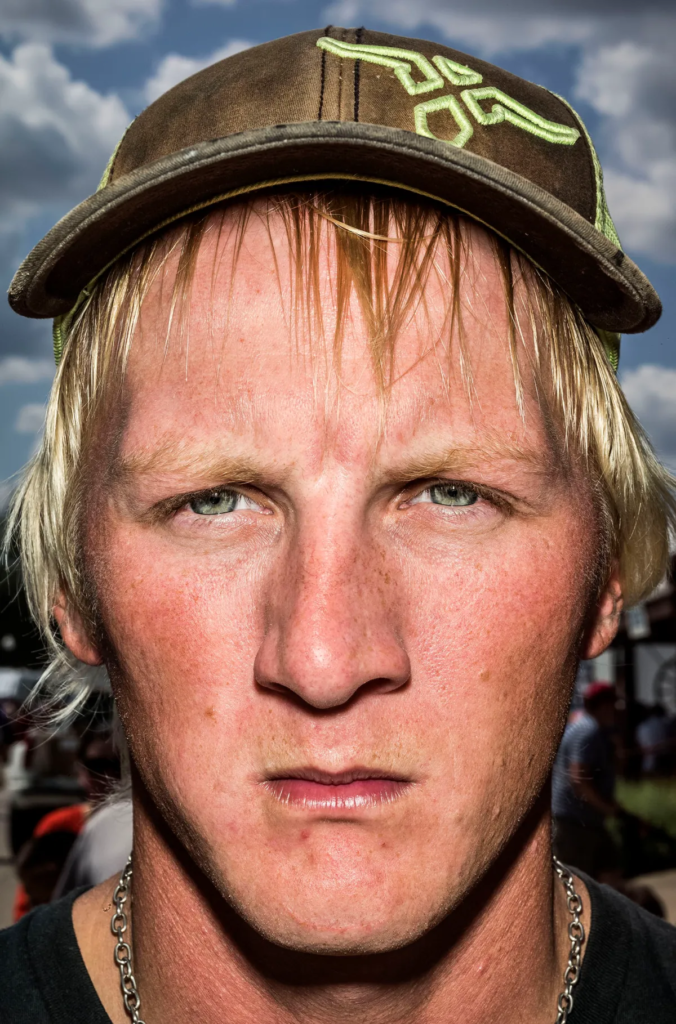

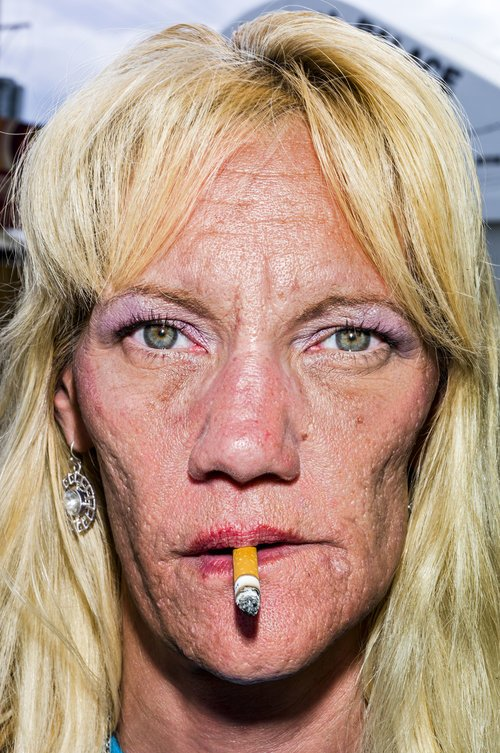
I then explored different ways to edit headshots, using diamond cameo, photo-montage and multi-exposure:
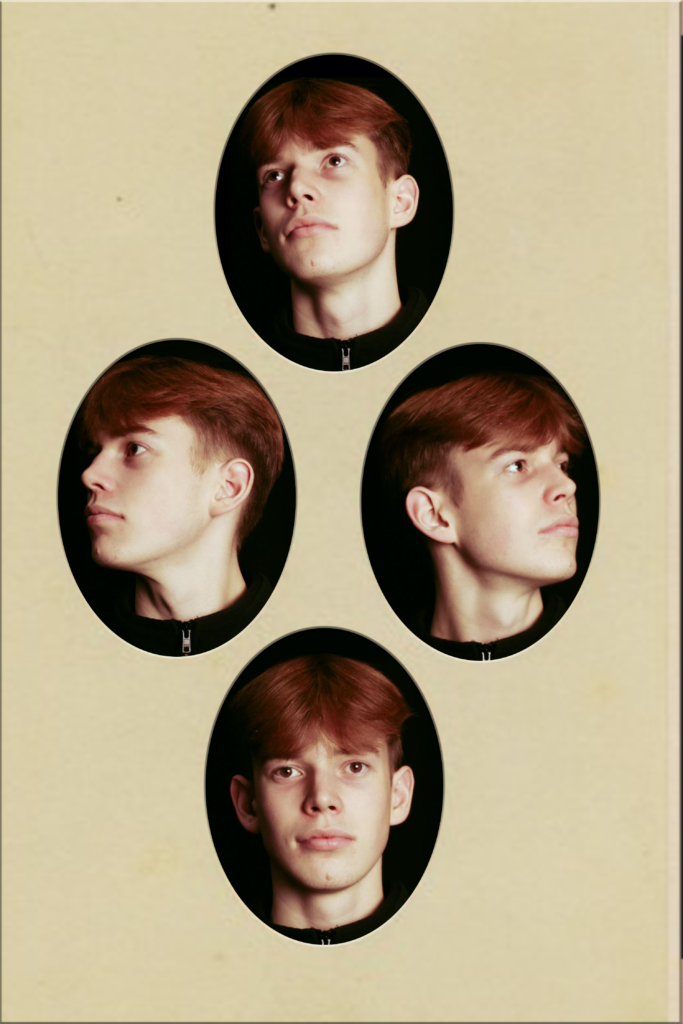
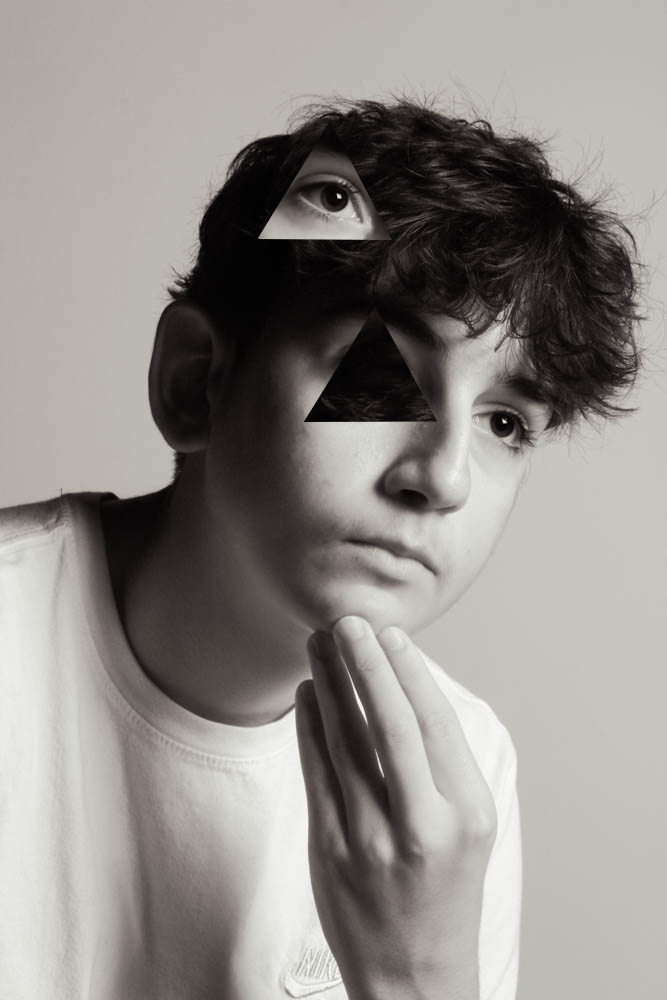
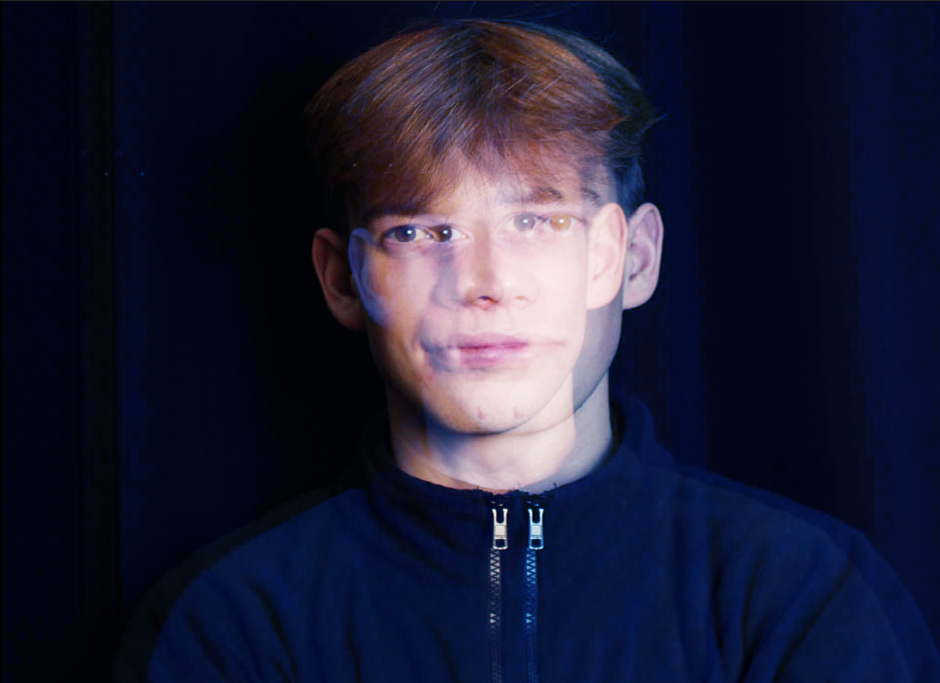
Identity – masculinity vs femininity
This topic is all about capturing the inside of a subject, not the outside (e.g. there hair, eye colour, what clothes they re wearing). I tried to capture who they actually are, there identity. However, since this is a very broad topic, with many things I could explore, so I decided to focus on the binary opposites of masculinity vs femininity. I analysed 2 photographers, Cindy Sherman’s work is the multitude of identity stereotypes (like femininity) that have arisen throughout both the history of art and the history of advertising, cinema, and media. Sherman reveals and dismantles these stereotypes. her Untitled Film Project shows how females who play roles in moves are simply there for male pleasure. Claude Cahun was another photographer who defied conventional ideals of beauty and femininity with her shaven head and male attire, Claude Cahun is a perfect example of someone who pushed the boundaries of gender roles in a stereotypical society. Here are some photos from them:

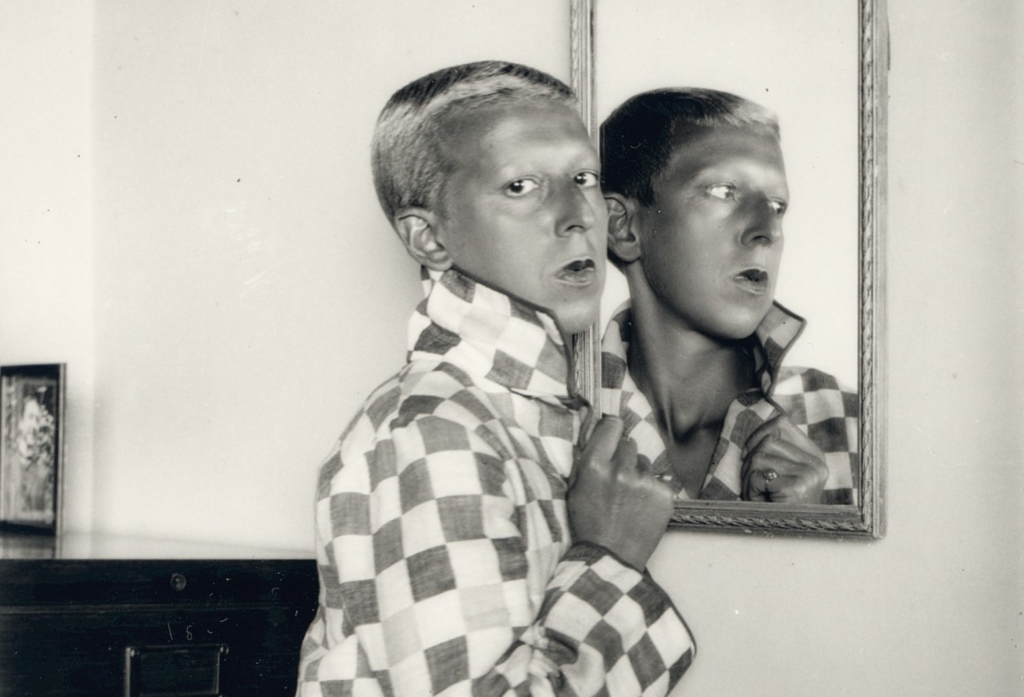
Here are some of my photos that I took, which is my response to the topic of masculinity and femininity:
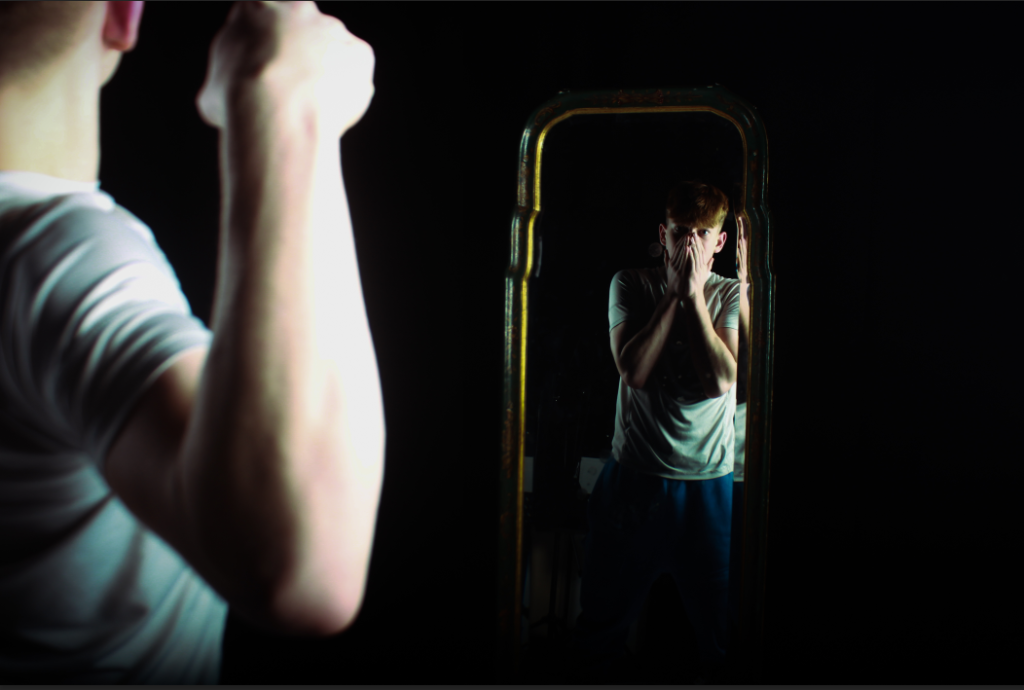

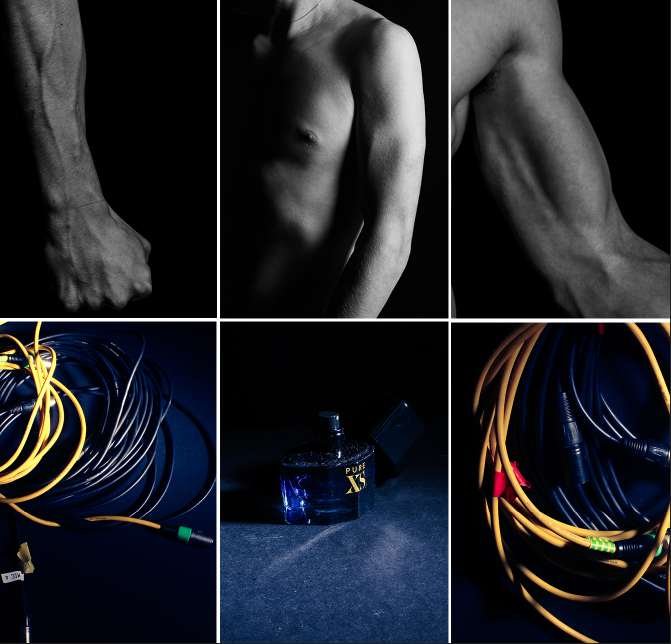
Landscape – Romanticism and the sublime, and New topographies
A Landscape photograph is one where it is aligned with the horizon line. The photo is wider than it is tall, to capture the vastness of a natural setting. Romanticism (also known as the Romantic movement or Romantic era) is an artistic and intellectual movement, characterized by its emphasis on emotion and individualism as well as glorification of the past and nature. The Sublime defines art as that which alludes to an immeasurable greatness beyond comprehension. Ansel Adams often had both these features in his images. He is probably the most well known and important landscape photographer of the 20th century. He created many techniques (e.g. the zone system) to help create his vast and breath-taking images of national parks in California. Here are 2 photos by him:
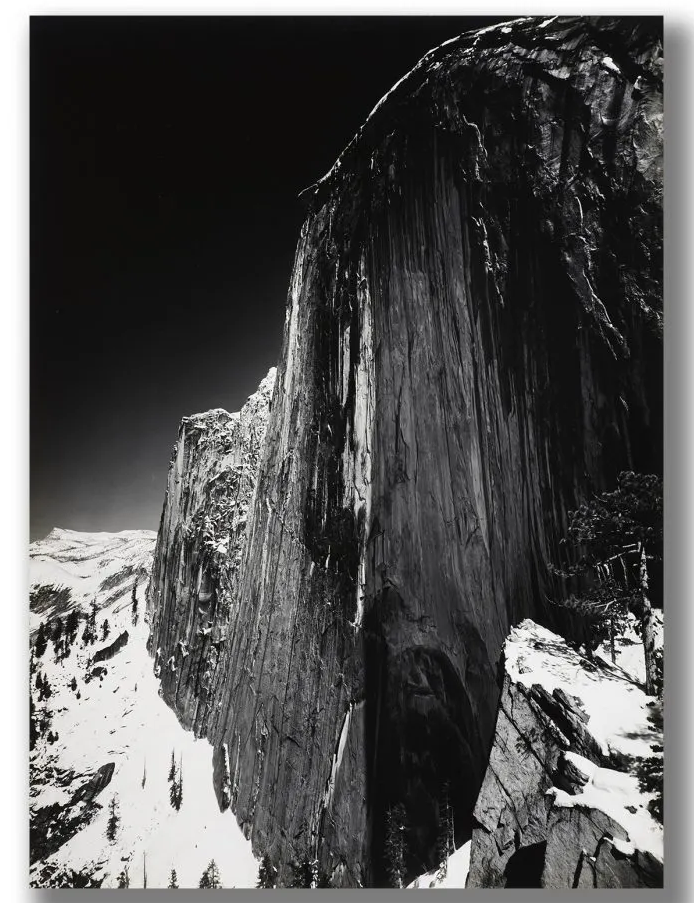

Here are some of my photos that I got inspired by Adams to take:
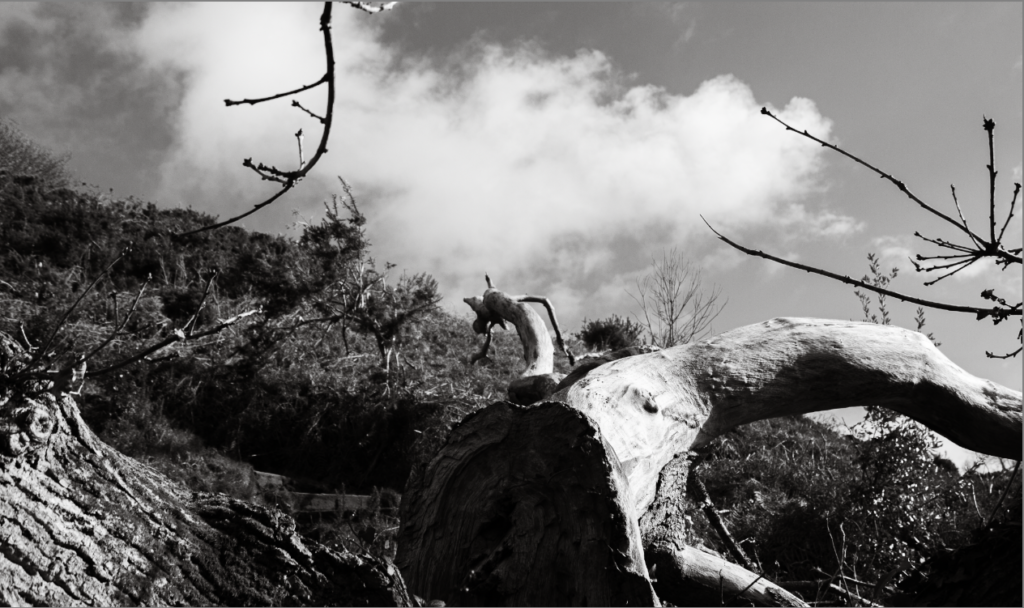
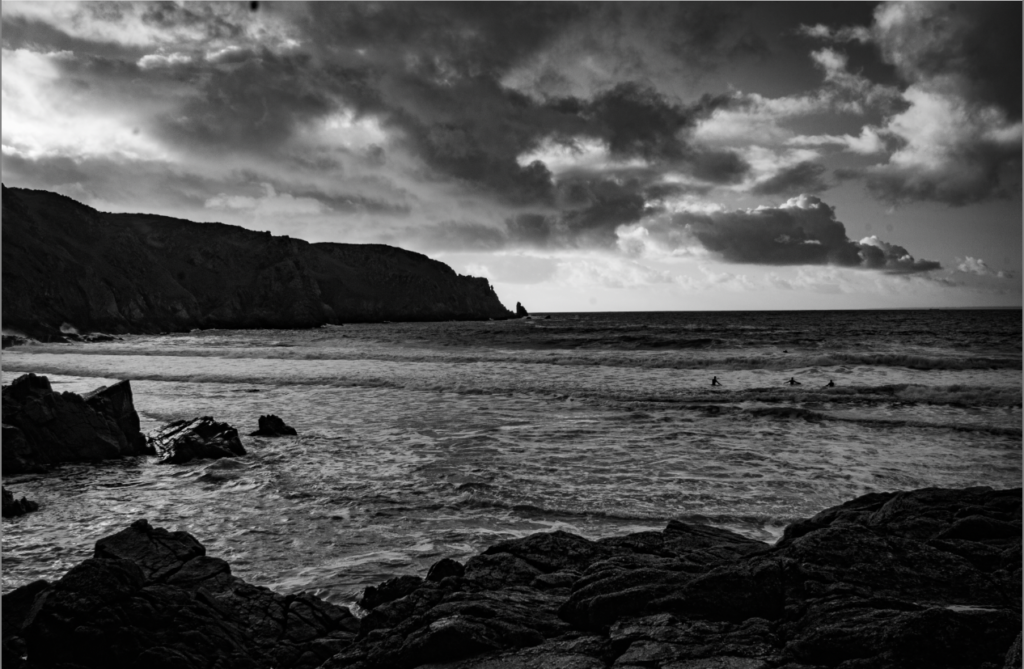
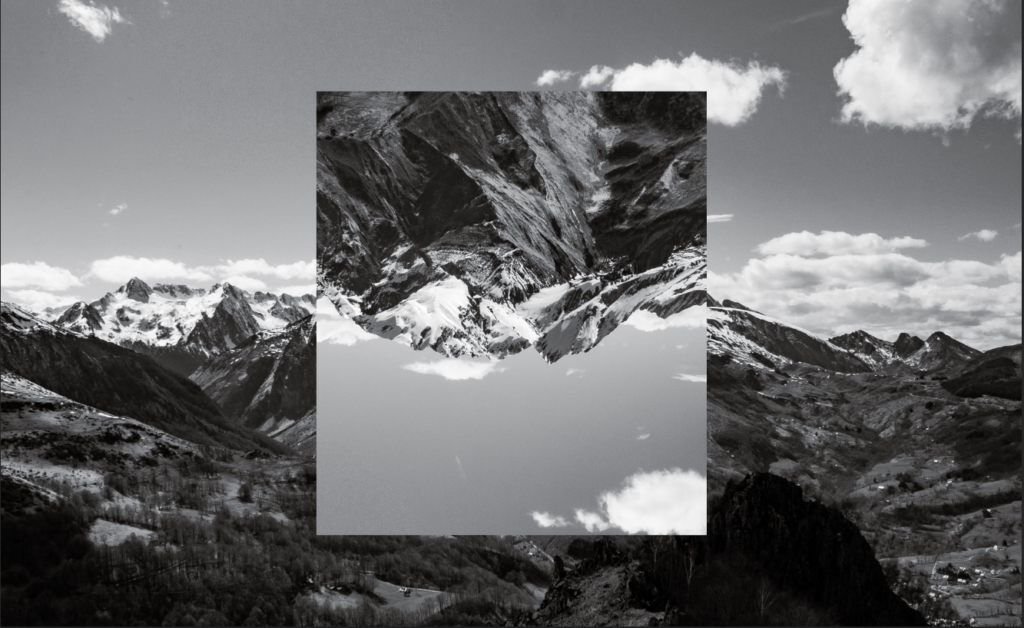
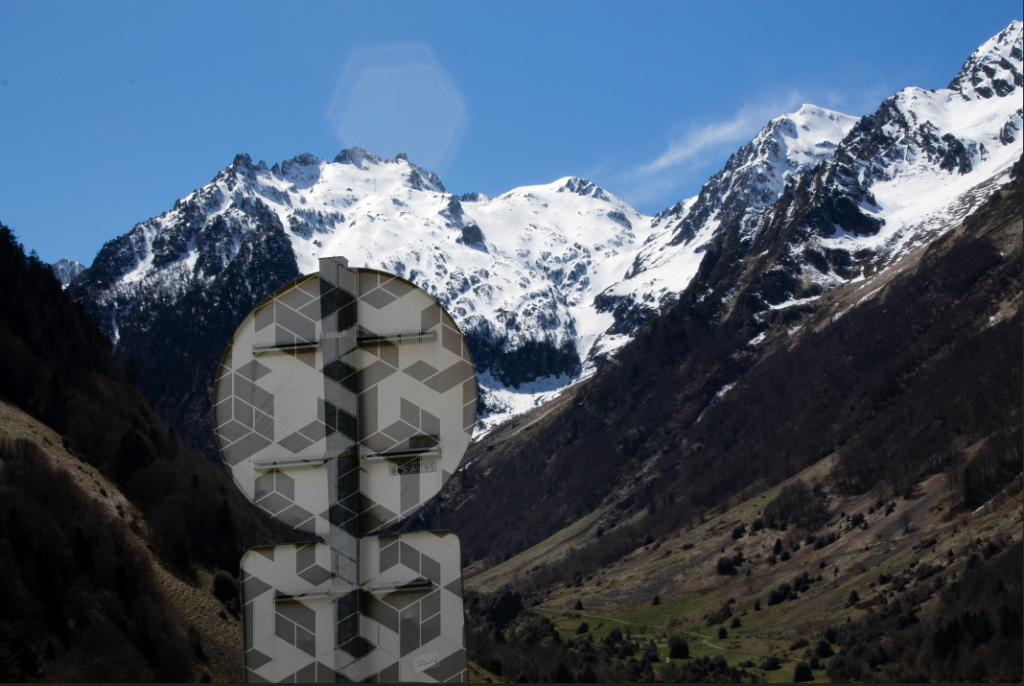
The New Topographics represented a radical shift by redefining the subject of landscape photography as the built (as opposed to the natural) environment. As environmentalism took hold of the public conscience in the 1970s, The old landscape photography from people like Ansel Adams, which where heroic and displaced the power of nature, where rejected in favour of how human activity connects with the natural world, rather than separating it. Robert Adams was took very deadpan images of buildings contracting the natural world. Here are some of his photos:
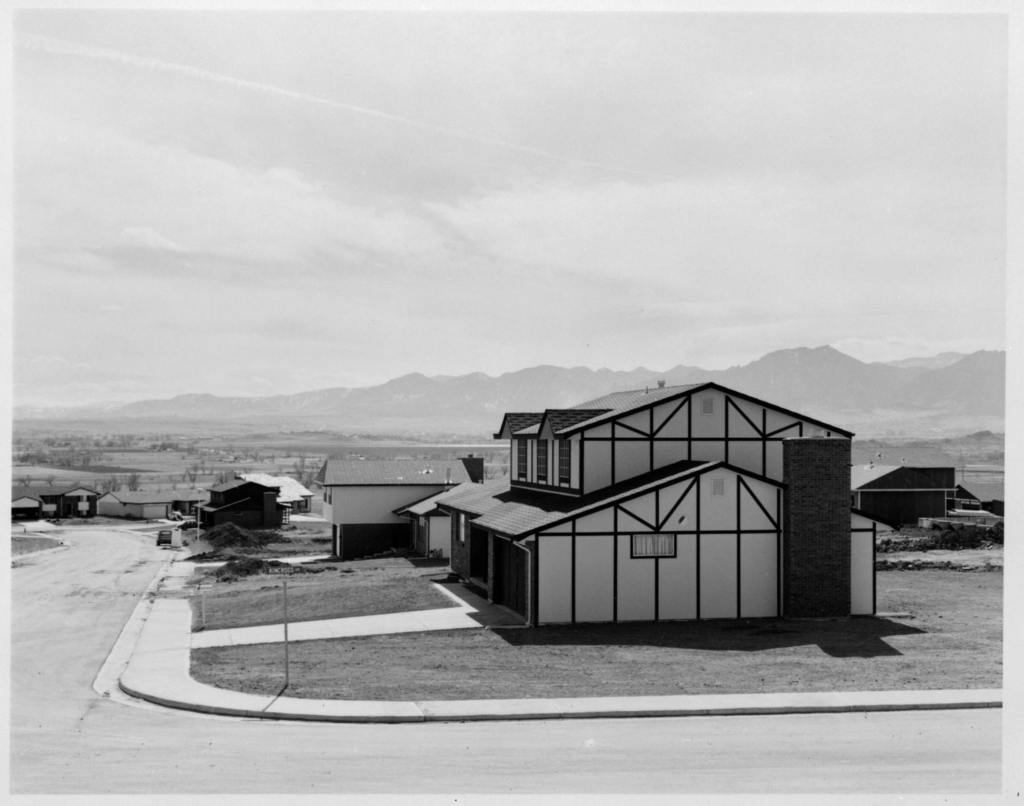
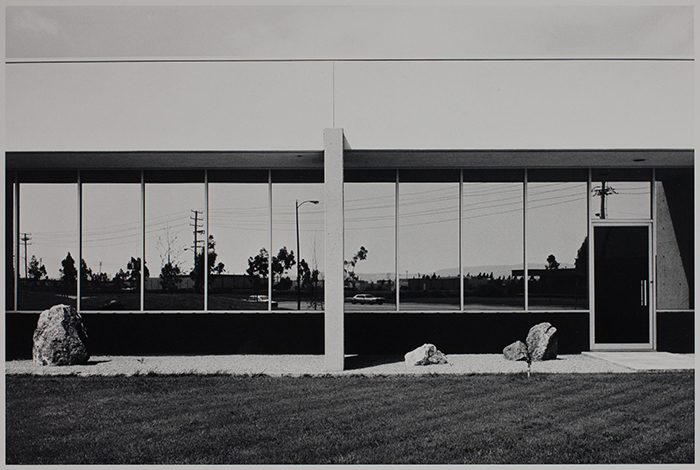
My photos:




Anthropocene
anthropocene is defined as the current geological age, viewed as the period during which human activity has been the dominant influence on climate and the environment. Edward Burtynsky, born in 1955, is renowned for his continued investigation of the ‘indelible human signature’ of the planet, caused by are excessive destruction of the natural landscape, for resources, land, energy, dump sights and more. Here are some photos from Edward Burtynsky and my response to his ideology’s:

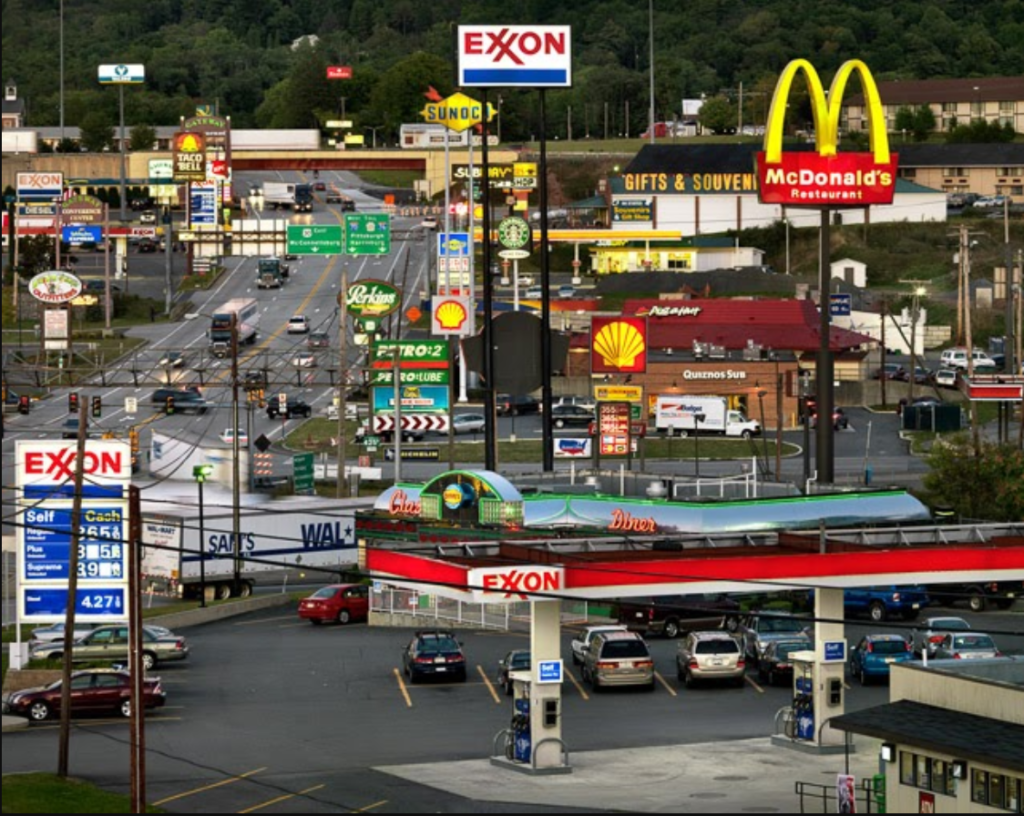
My photos:
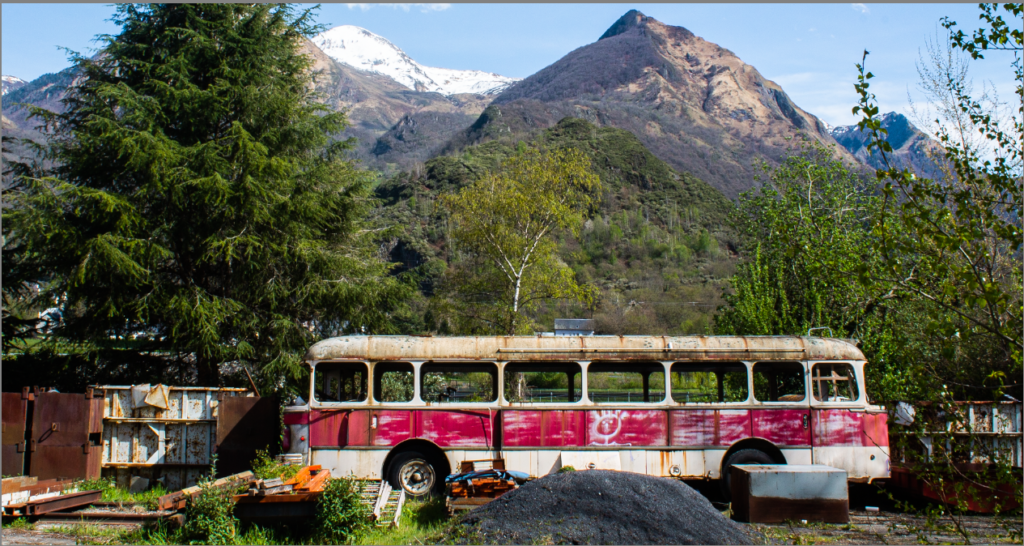
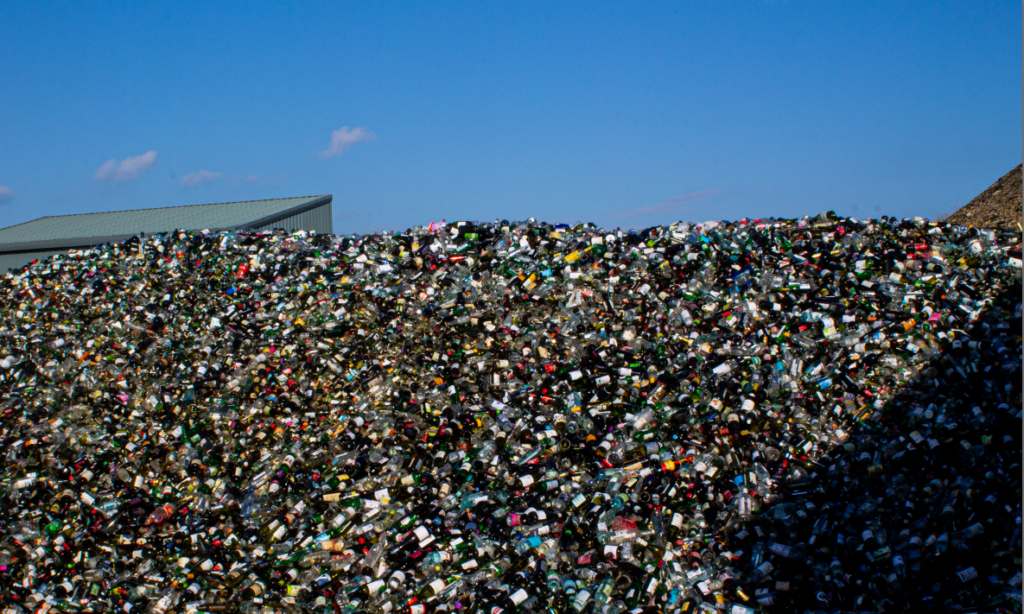


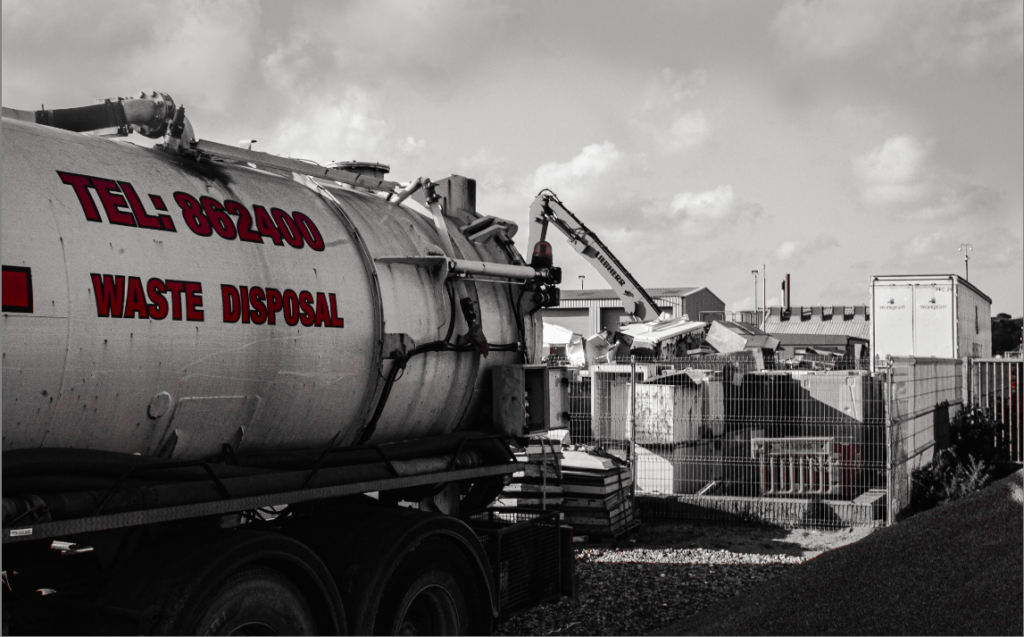
Stephanie Jung
Stephanie Jung works as a freelance photographer, based in Germany. Her Photos are often multiple merged images, each slightly offset from each other. Stephanie Jung does this to create a sense of movement, matched with the busy environment. Here are some of her photos and my responses:


My photos:
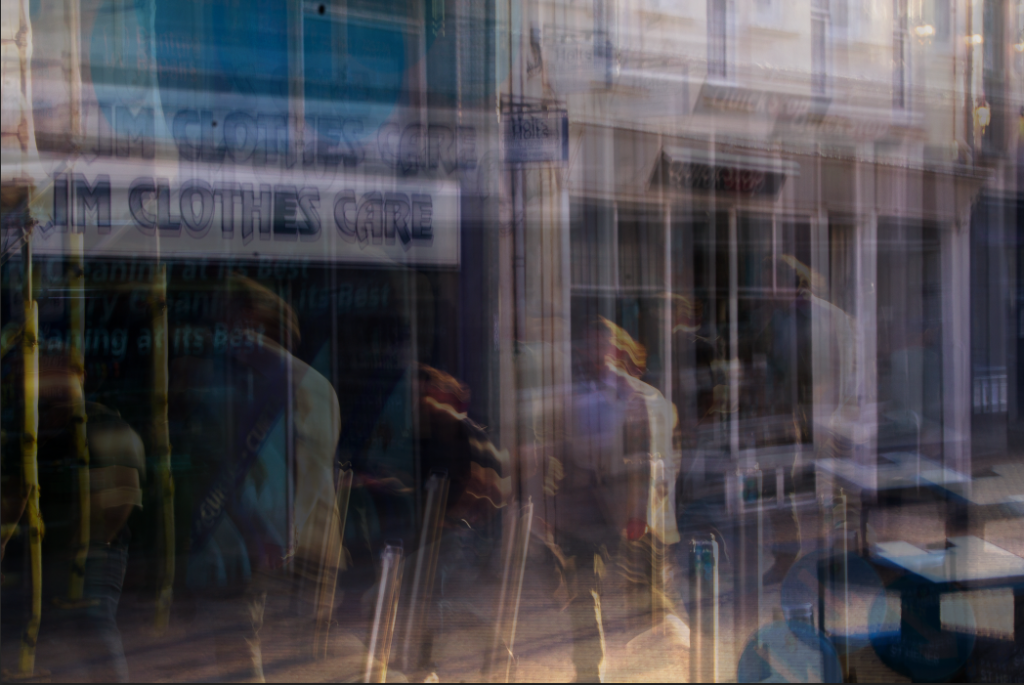


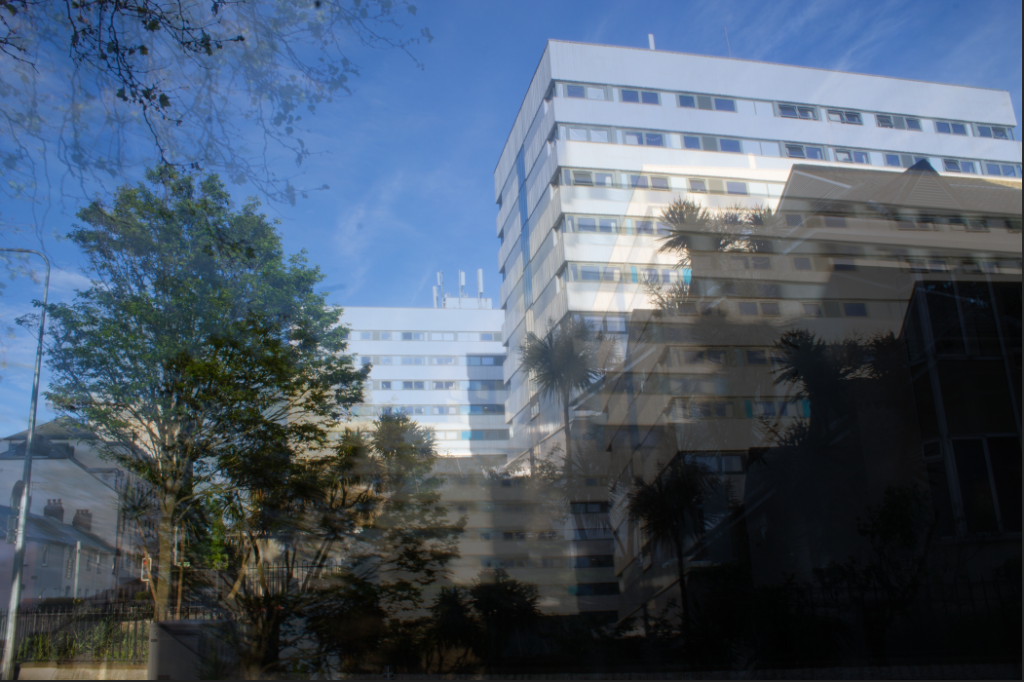
Street photography – Henri Cartier-Bresson
Henri Cartier Bresson harnessed the idea of the decisive moment, which is, with little planning, waiting for a moment which is interesting to capture. His photos set in motion a transformative wave that resonated throughout the photographic community. Here Are some photos from him:


I created a page spread of a trip to St.Malo I went on. I took some street photos before hand, then put them in InDesign to edit them and create a page spread of my trip.

